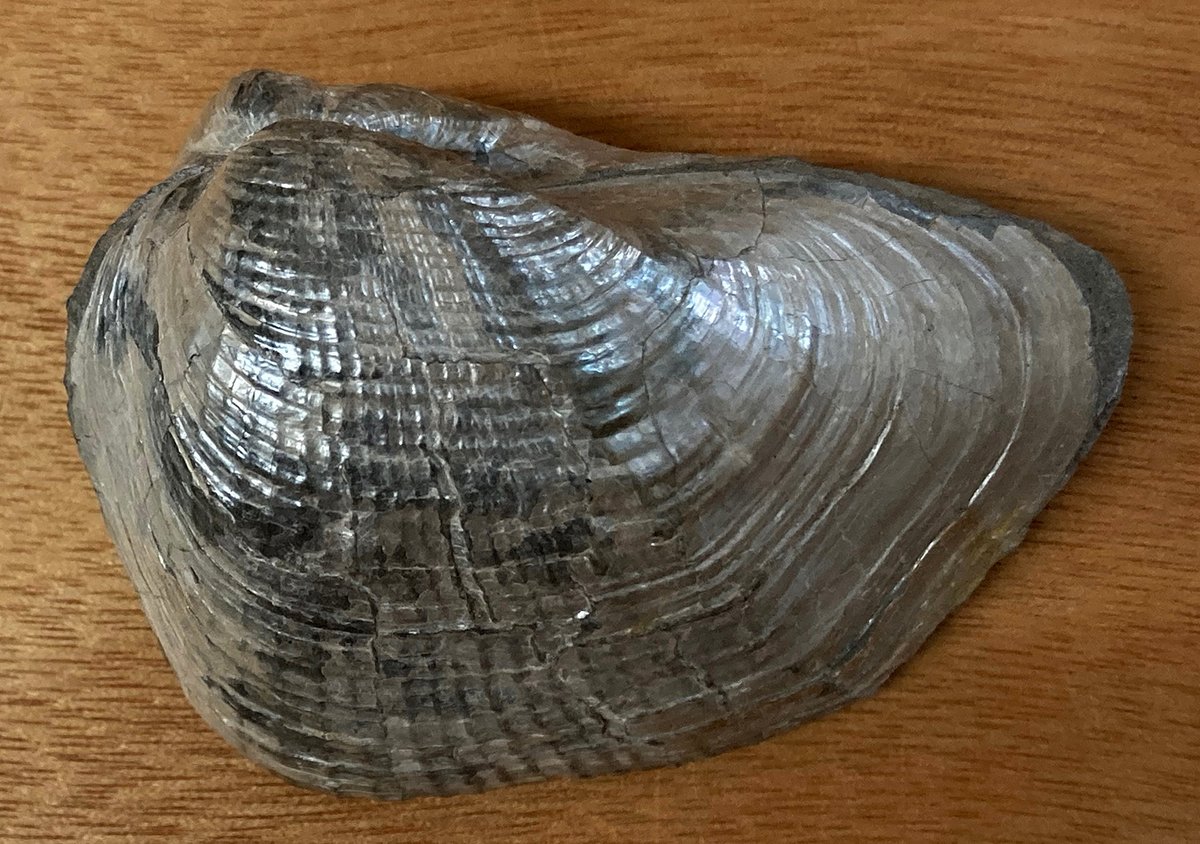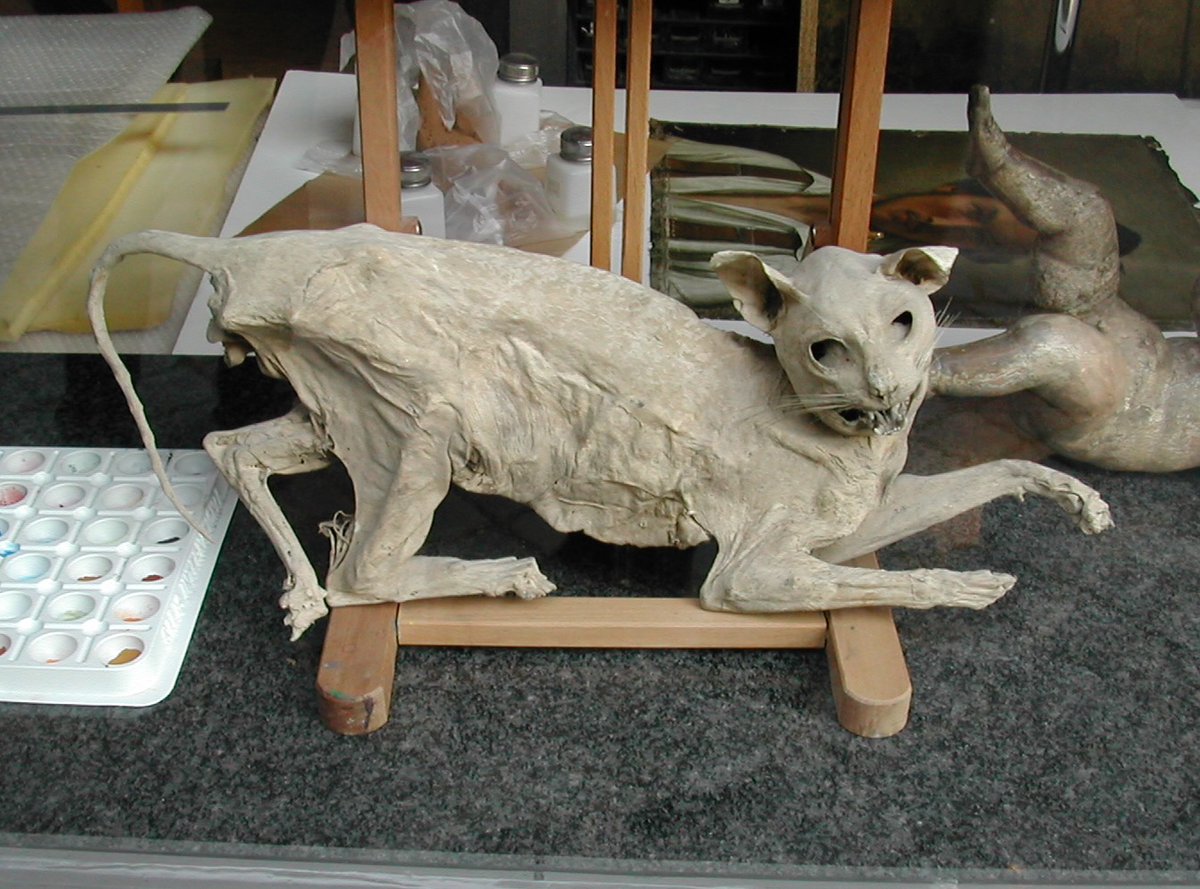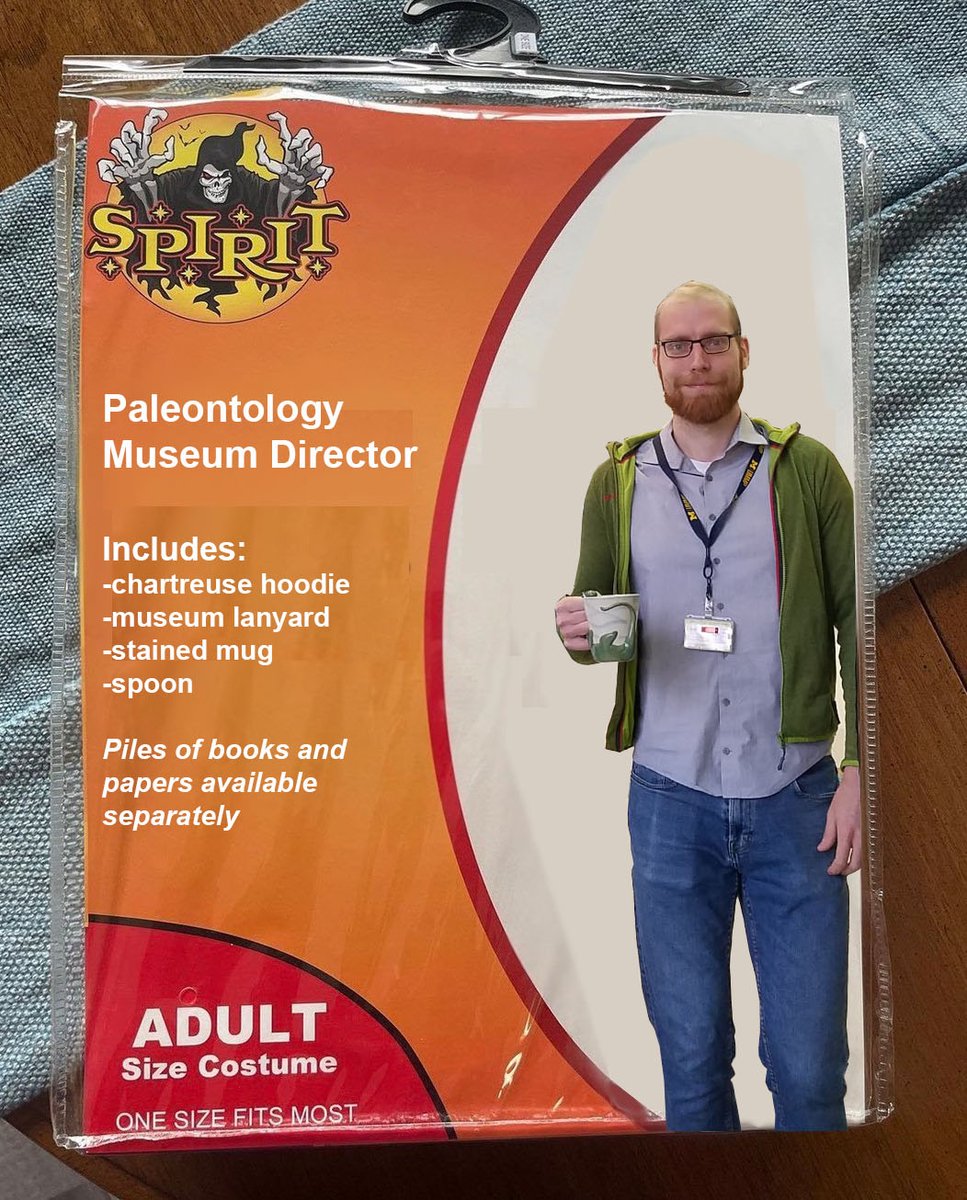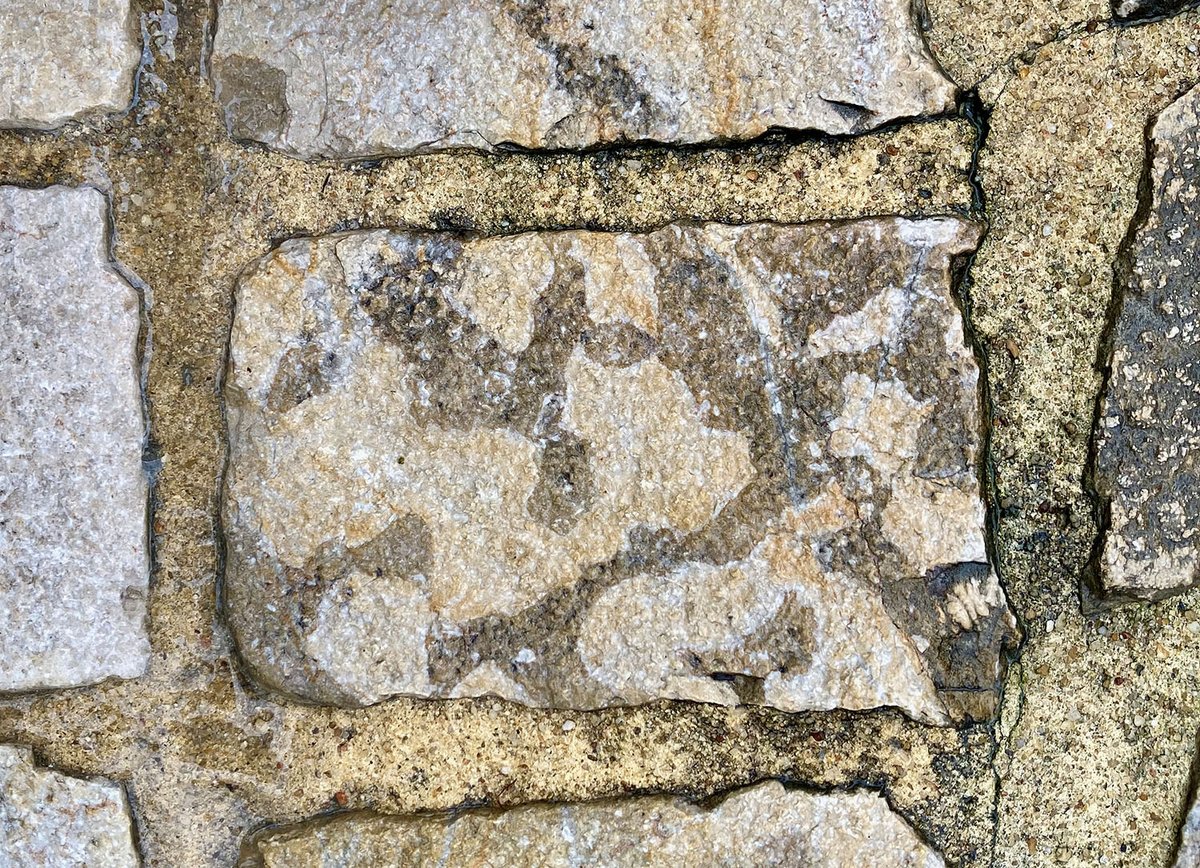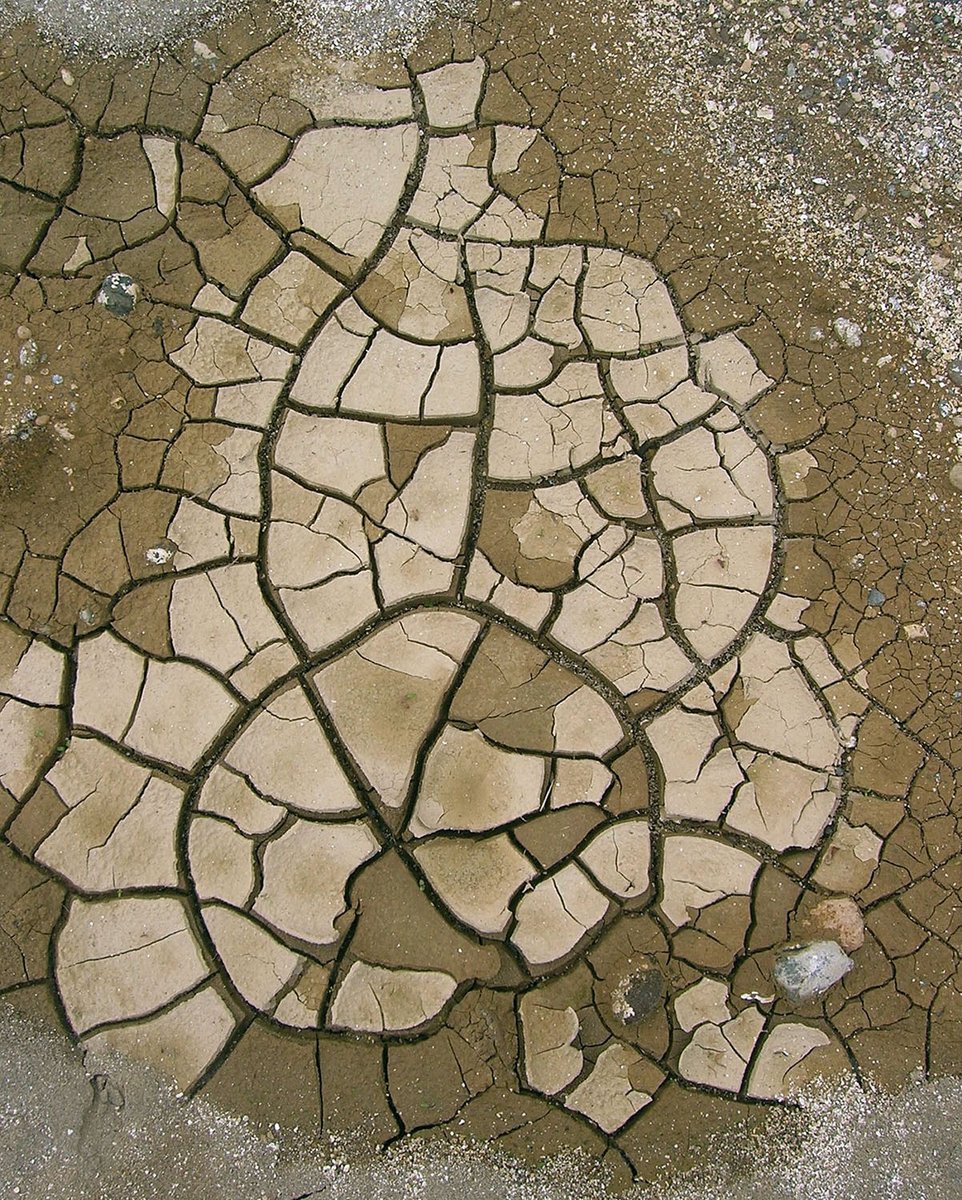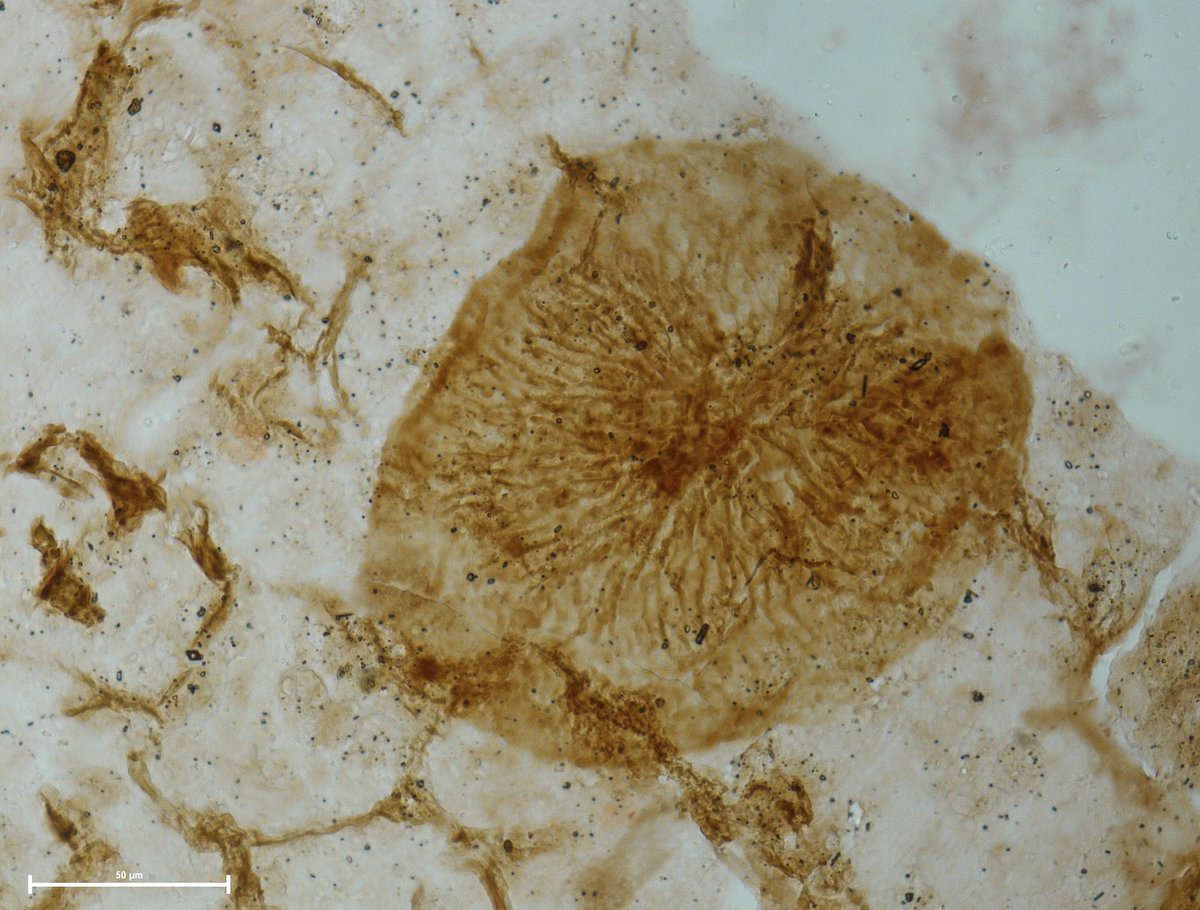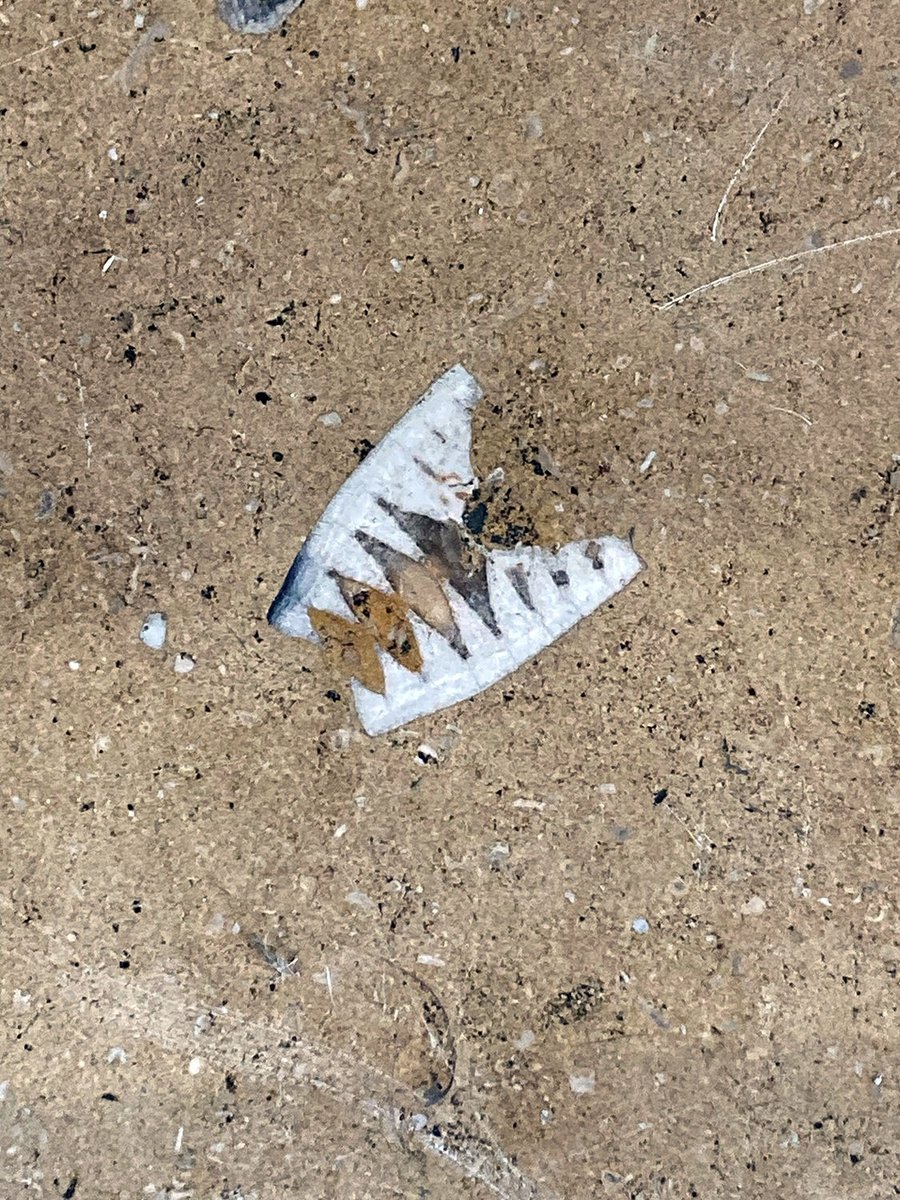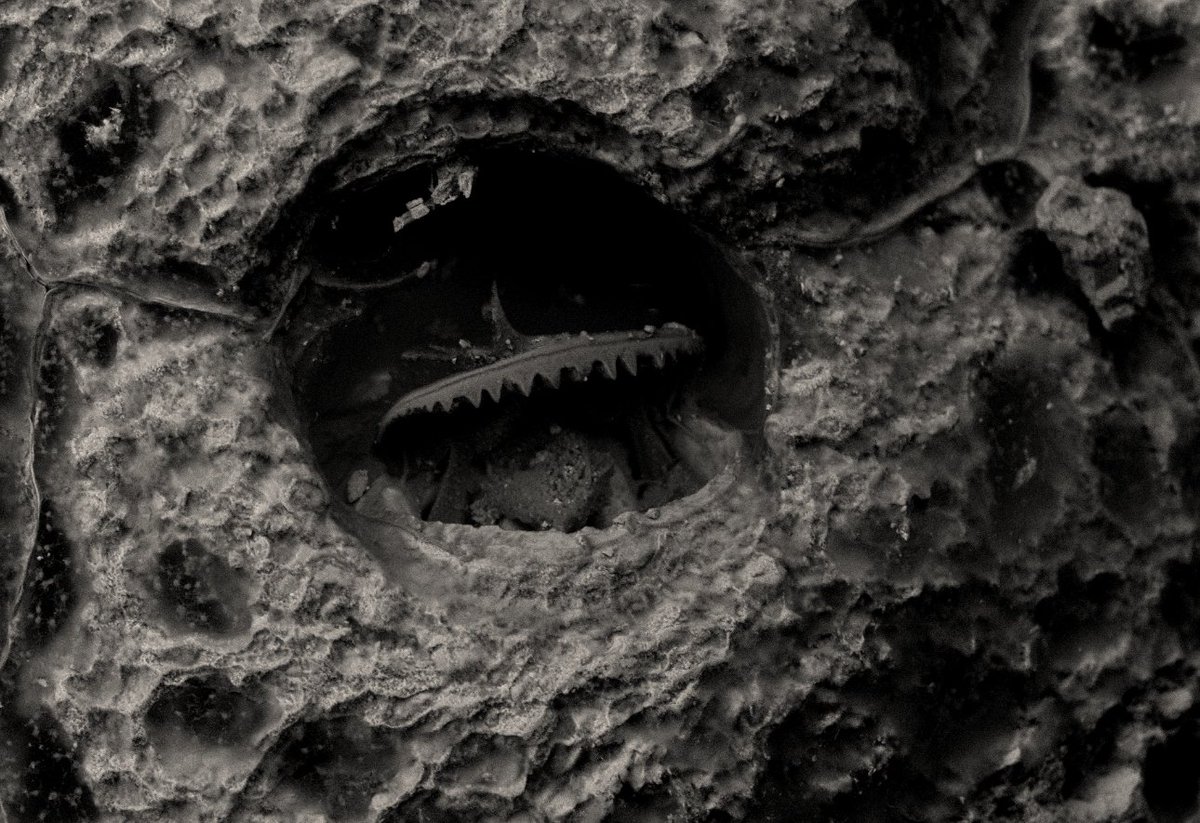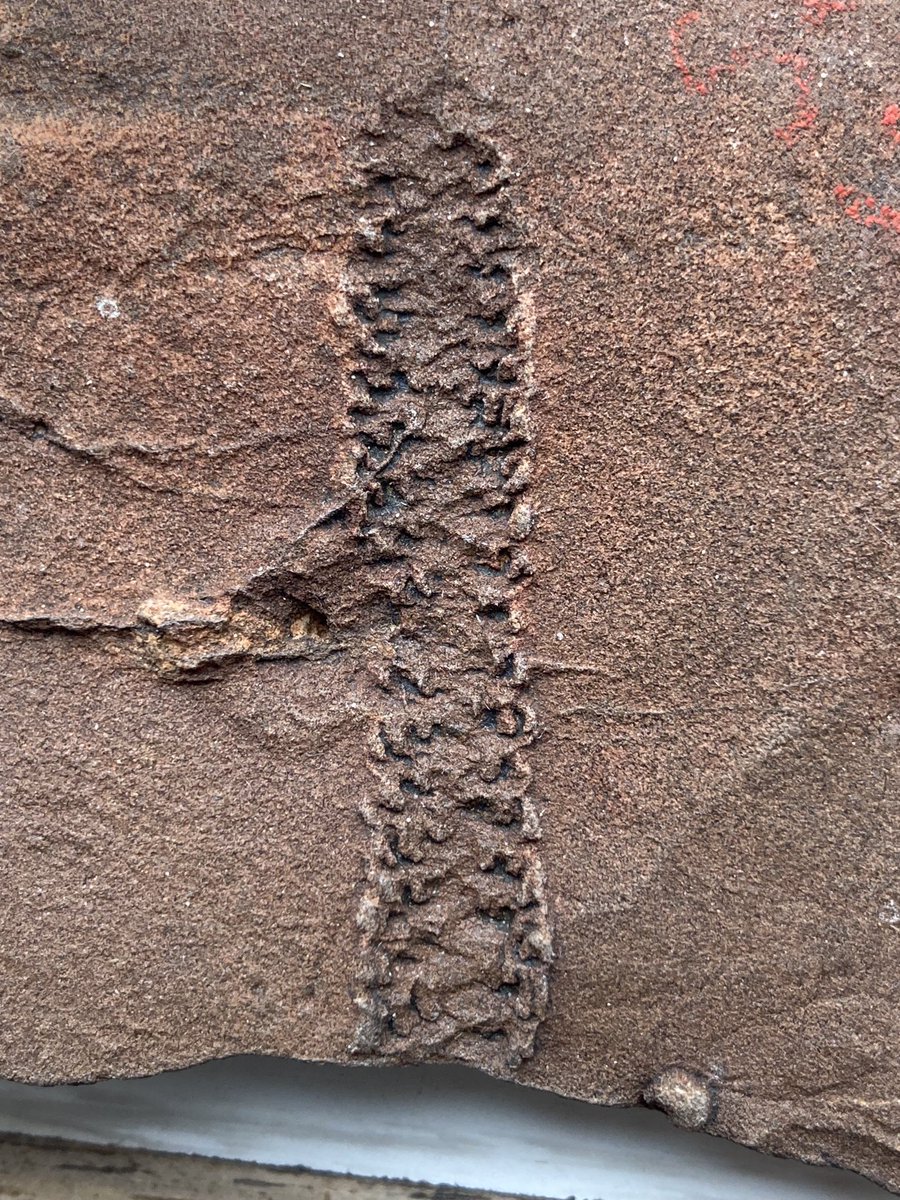
NHM_Bryozoa
@BryozoanNhm
For bryophiles, young and old, fossil and recent, marine and freshwater. All views expressed are our own.
ID:589003301
24-05-2012 10:07:50
8,2K Tweets
3,7K Followers
440 Following
Follow People



#MolluscMonday Late Cretaceous heteromorph ammonite (perhaps Scalarites) photographed during 2006 at the fossil museum in Mikasa, Hokkaido, Japan.
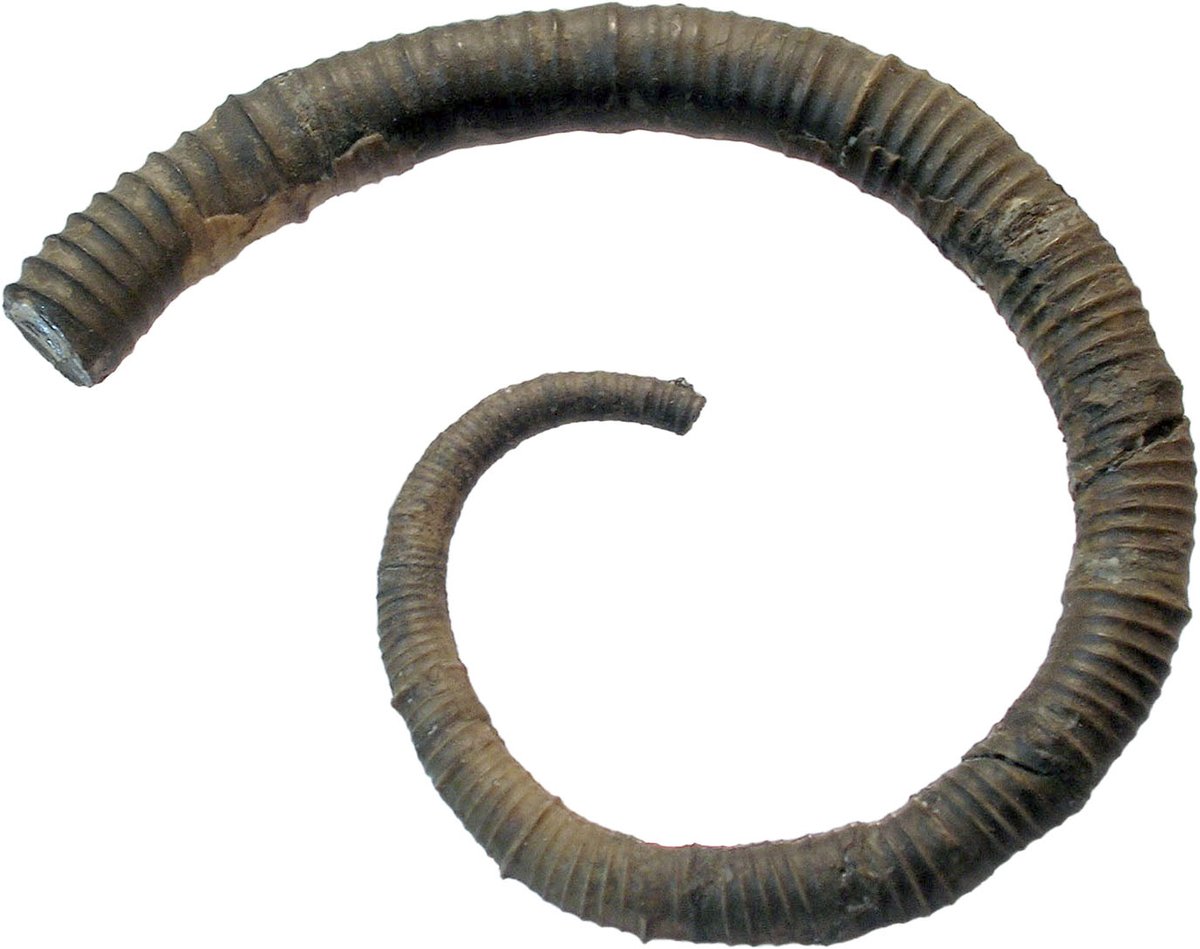


Unbelievable fossil marble columns at Saint Elias Maronite Church (a.k.a. Aquarium)
📍Beirut, Lebanon
Pavement Geology
Dr. O. Serkan ANGI
#urbangeology #fossil
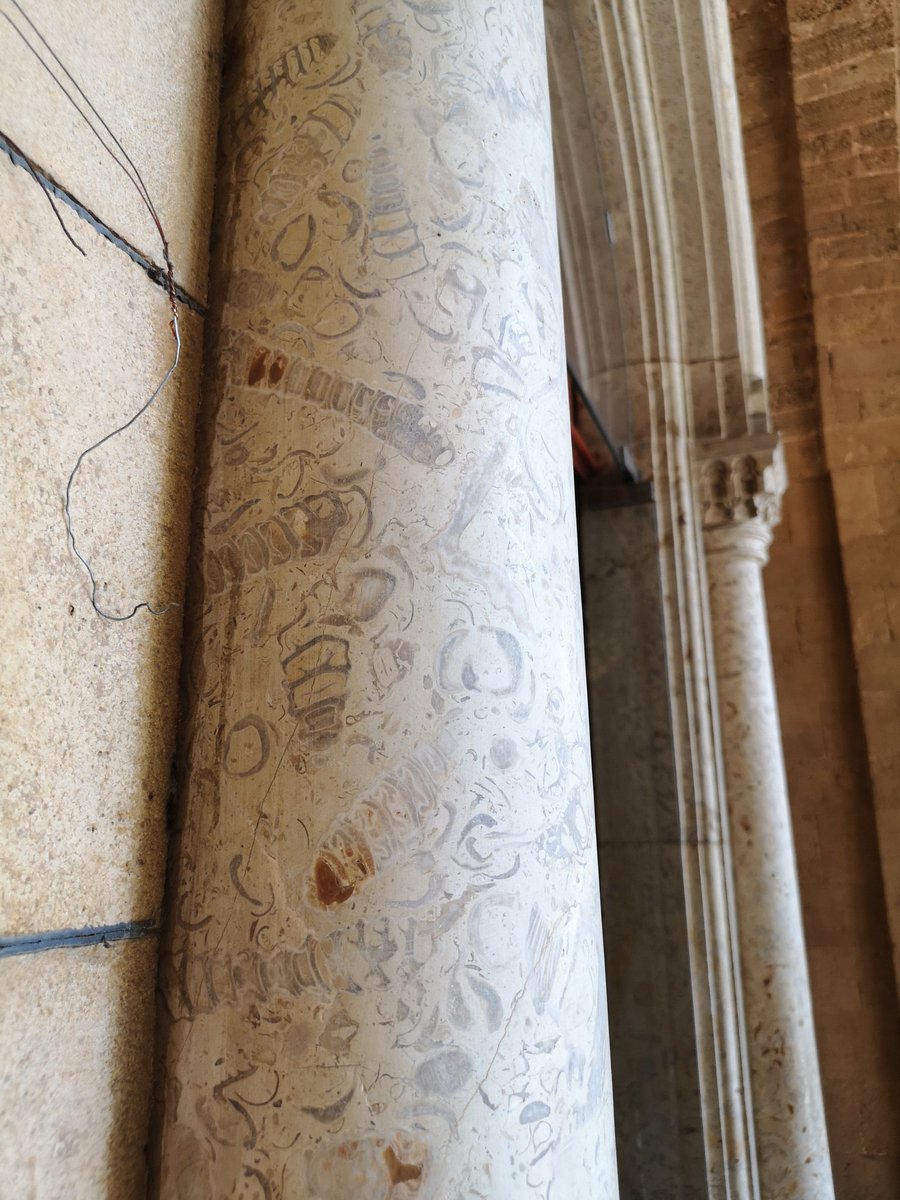



Some fossils in the ground marbles.
📍Architecture Department, Middle East Technical University, Ankara, Turkey
Pavement Geology
Dr. O. Serkan ANGI
#urbangeology #fossil
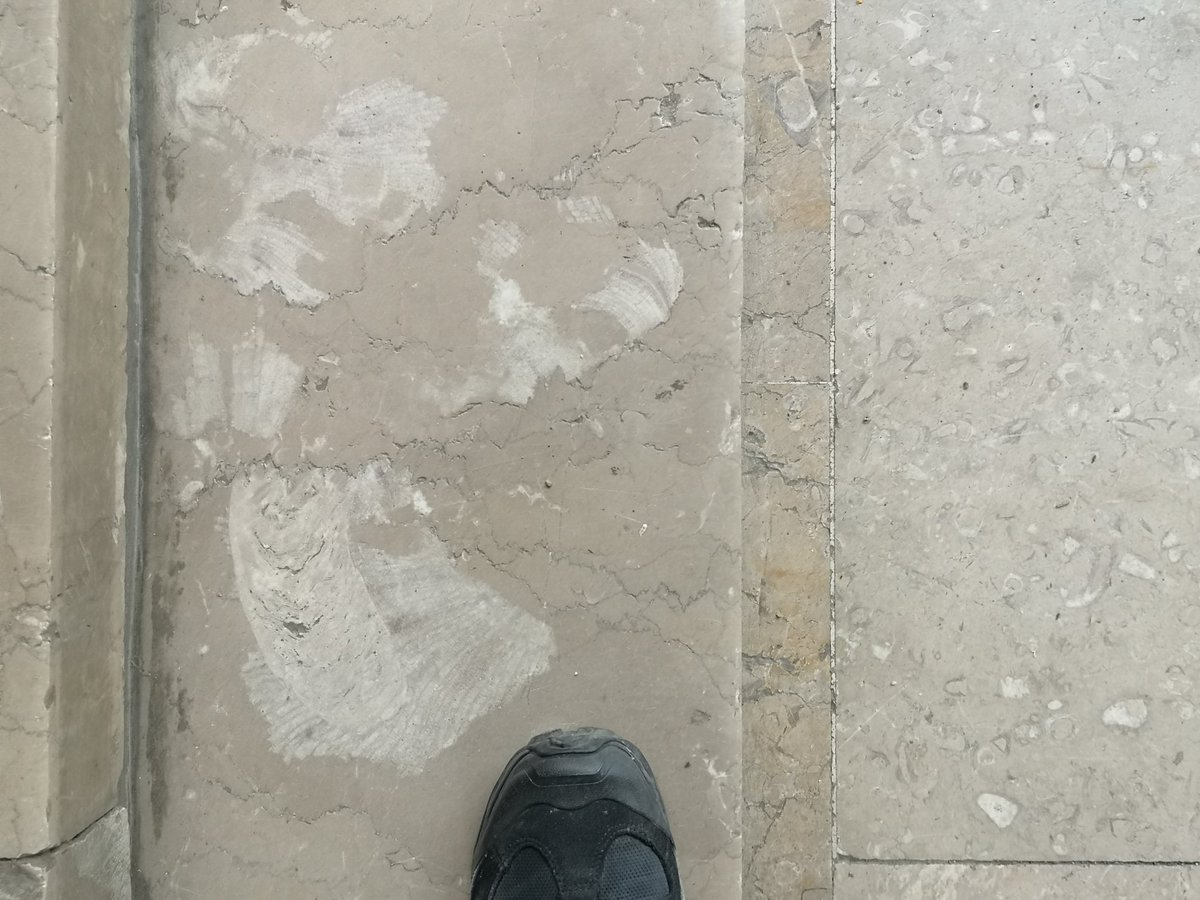

#FossilFriday Unusual anthropomorphic version of a snakestone ammonite adorning the band of a hat worn by a palaeontologist in South Dakota.
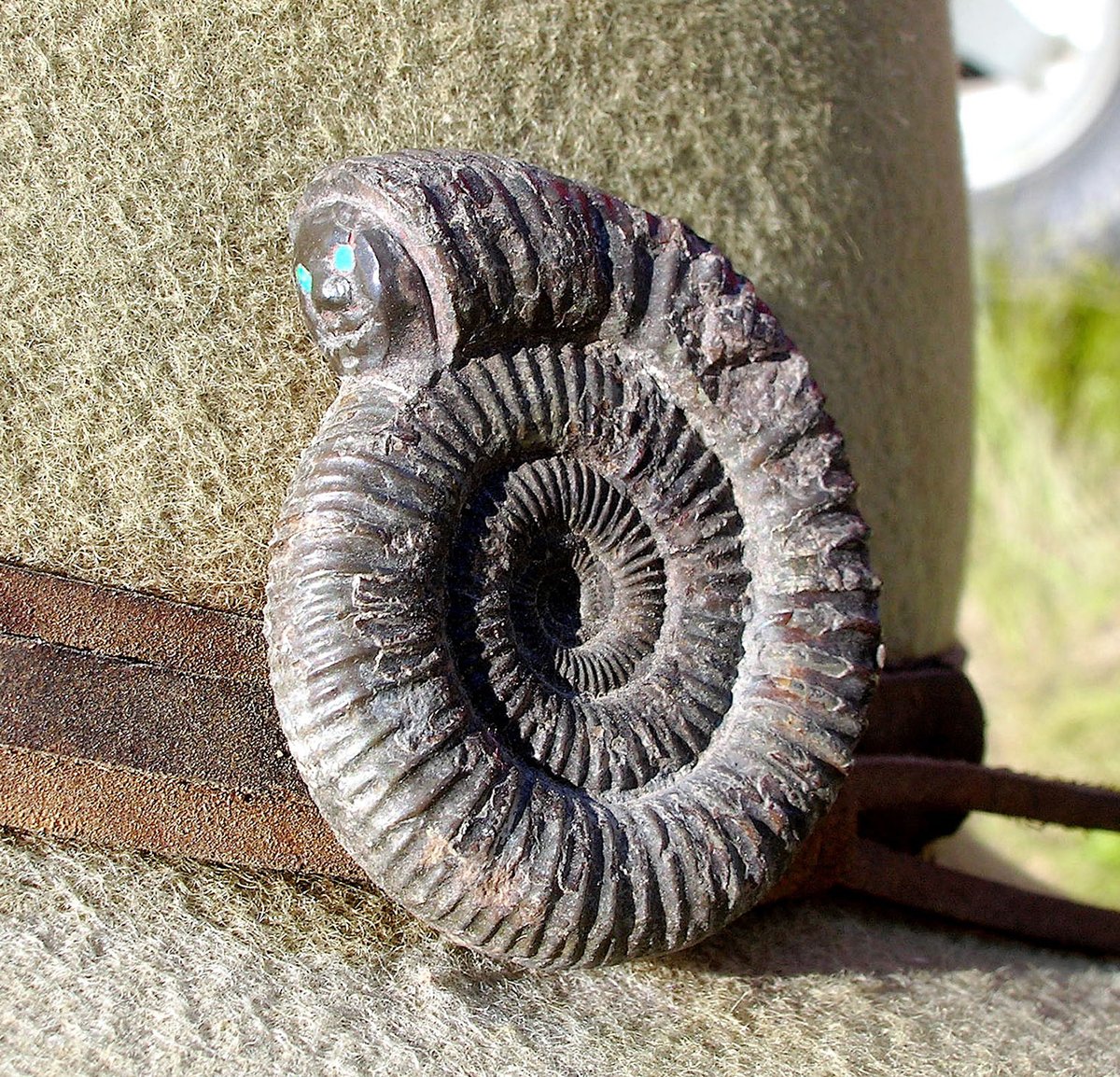
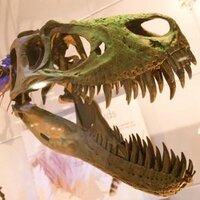
🗣️New paper! Dr Tom Harvey University of Leicester reports the discovery of Cambrian colonial phytoplankton with defence mechanisms against predators entering the planktic realm. The fossils help solve the longstanding mystery of Cambrian 'acritarch' ecology. Leicester Geography
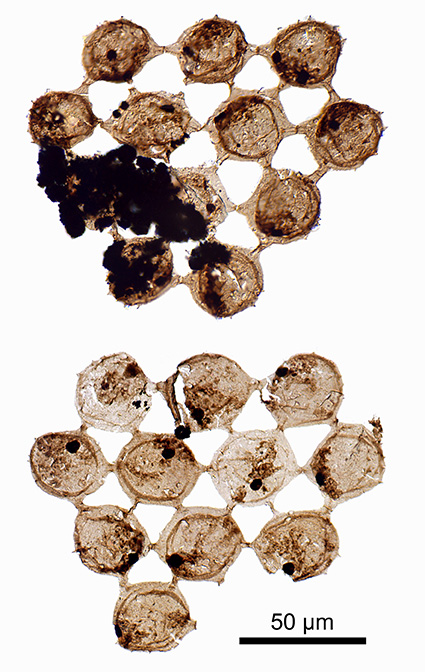


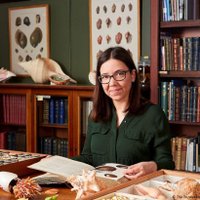
New article in this month issue of American Scientist 🦑🦪🐌🐚. Thanks to UChicagoPress and NHM Science. 📸by Kevin Webb
americanscientist.org/article/beauti…

#MolluscMonday A Jurassic limpet, Symmetrocapulus tessoni from the Great Oolite of Minchinhampton, Gloucestershire.
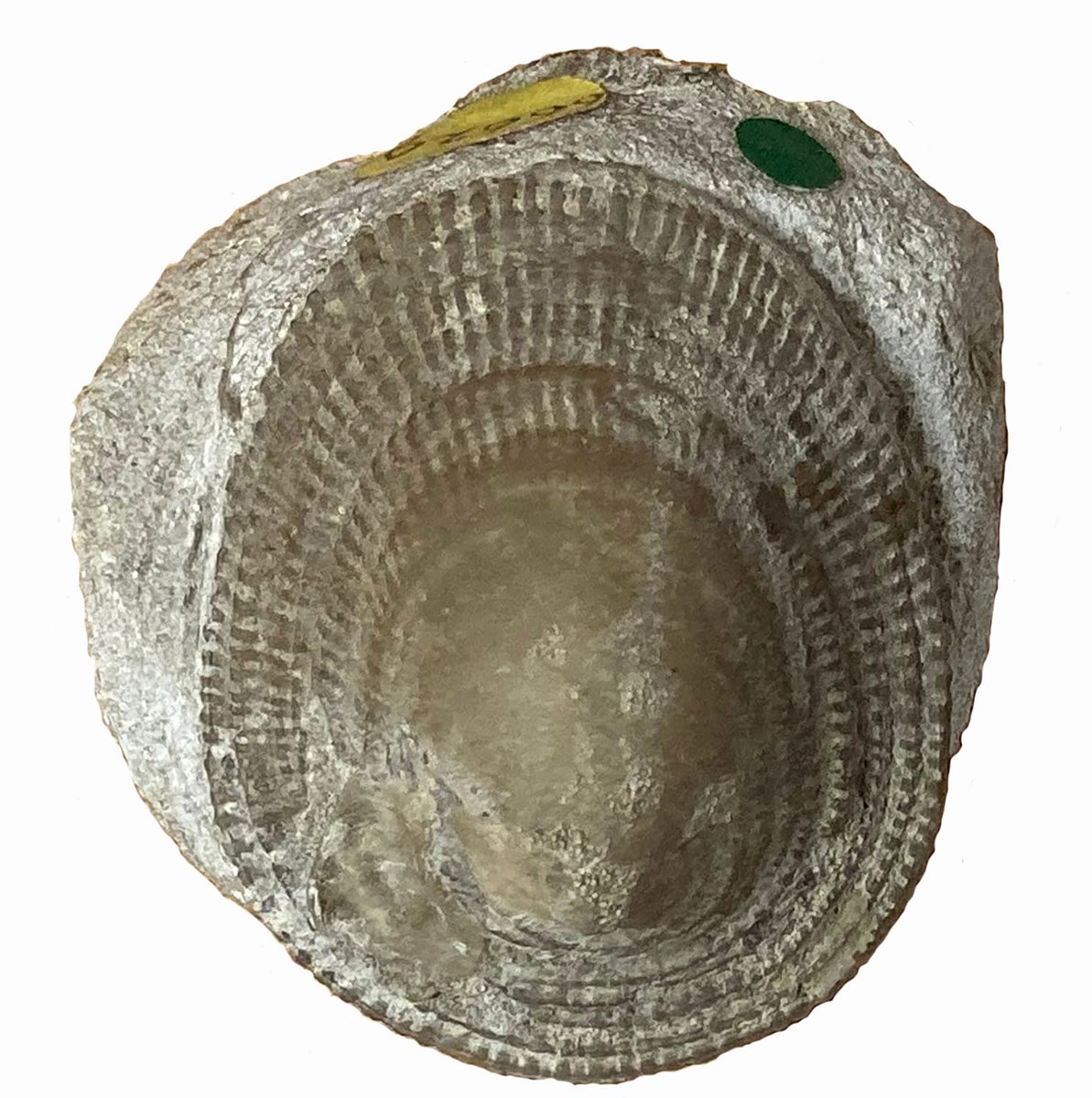



#FossilFriday Known in fossil folklore as ‘poundstones', tests of the echinoid Clypeus plotii are common in the Cotswold hills of England and give their name to the Clypeus Grit Member of the Middle Jurassic Inferior Oolite.
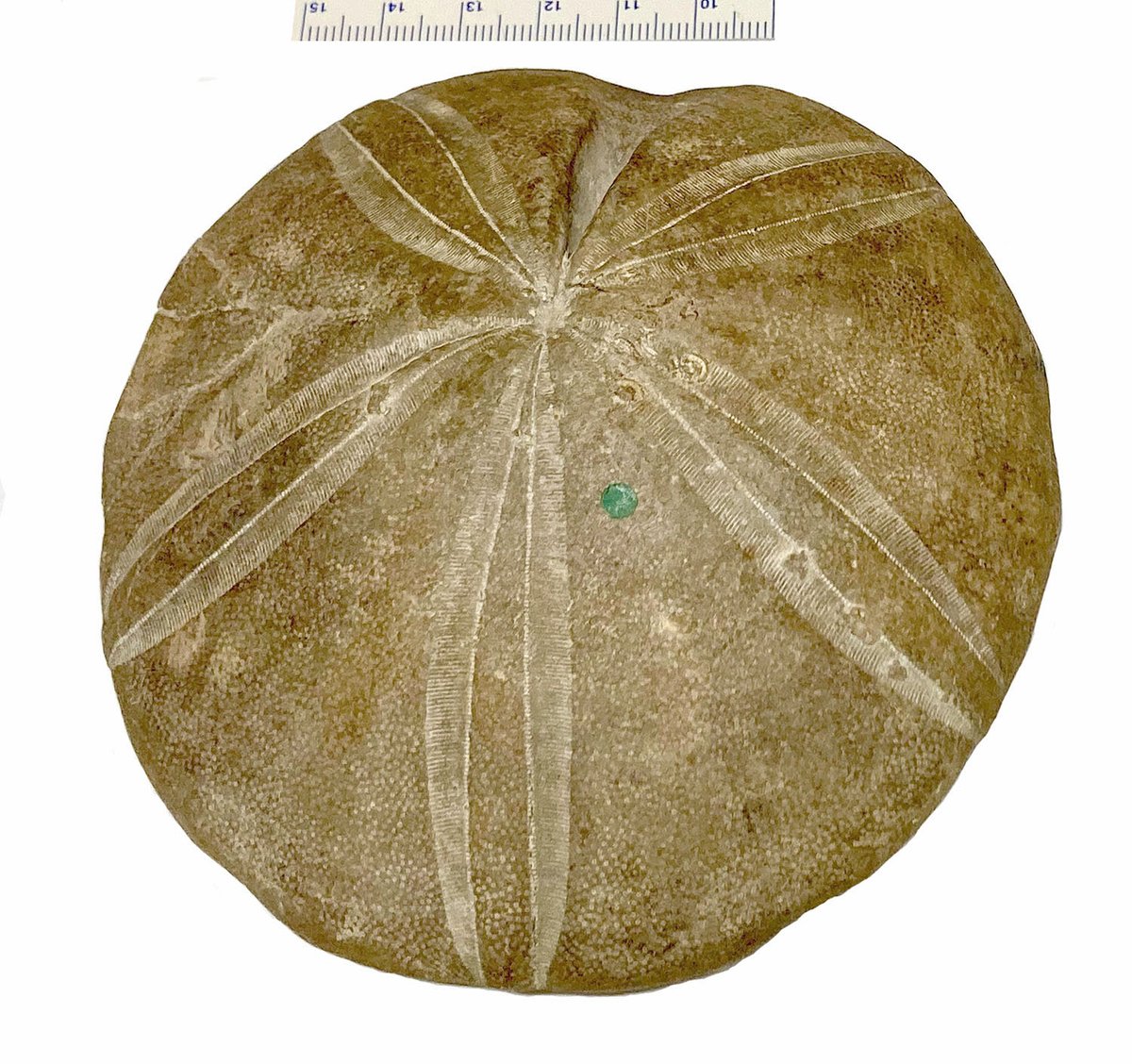

It was a most fun session on #corals and #bryozoa #GSA2023 thank you all! We are Better Together! Dr. Jonathan Cybulski Arthur Porto Emanuela Di Martino Carl Simpson Kjetil Lysne Voje The Paleontological Society et al.
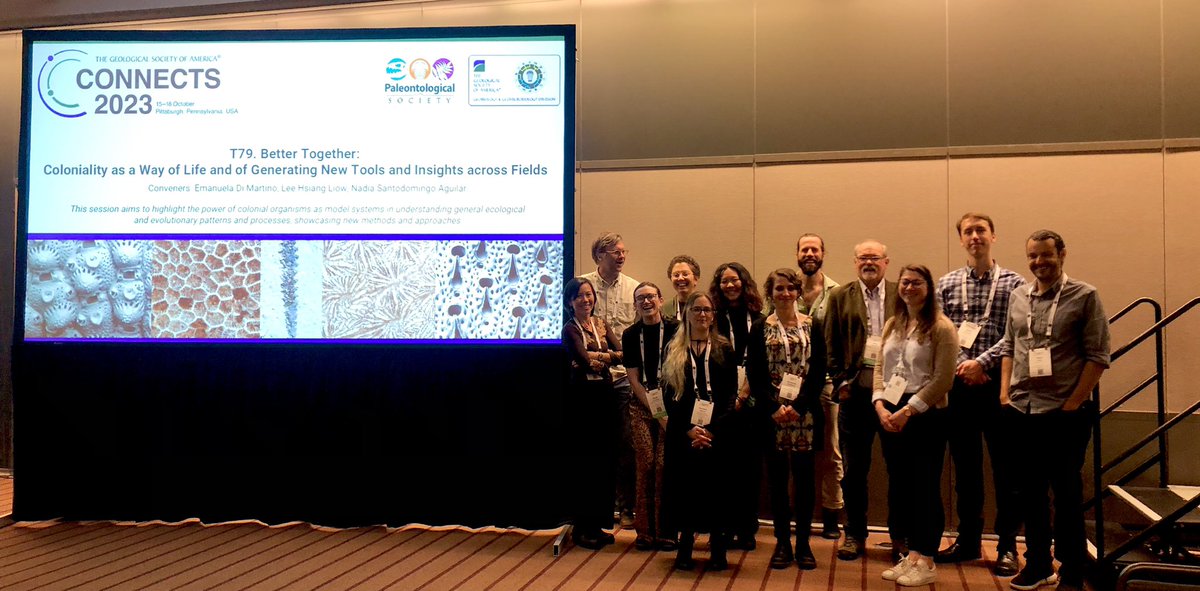

#MolluscMonday Handsome specimen of Pholadomya virgulosa from the Eocene London Clay of Portsmouth. 8 cm wide.
